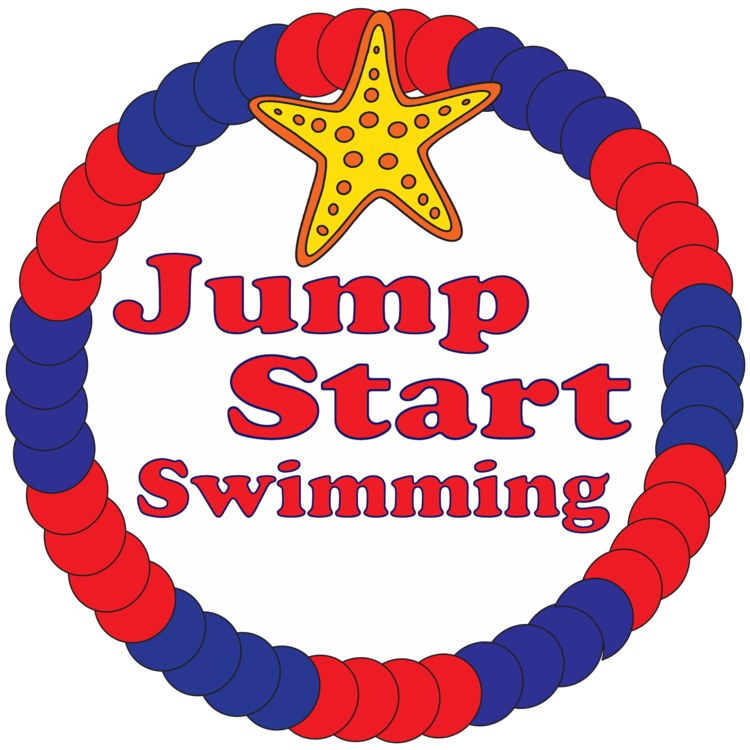Positives of Using Pool Noodles
About Pool Noodles
Pool noodles come in a variety of colors and tend to be just as attractive to children as pool toys. They come in sizes between three and four inches thick and about five feet long. These flexible noodles hold their shape and can with-stand years of continuous use.
Solid foam swim noodles are an inexpensive way to help your child learn to swim. Pool noodles are one of the best floatation devices you can use to float in both a vertical and horizontal position. A swim noodle alone is often enough to keep an adult in a vertical position with their head above the water without him or her doing any arm or leg motions.
Pool Noodles can be used for a variety of swimming techniques and are excellent tools for teaching a child or adult to swim. Noodles give the feeling of safety without the danger of being stuck in a flotation device. Unlike inflatable floaties that are attach to children, pool noodles require children to learn about safety without being scared of swimming. Children and adults can use noodles to gain comfort while still understanding that they are capable of sinking without the support of the noodle.
Using Water Noodles To Learn Swimming
1. Floating and Getting Comfortable
Use the noodle to float in the pool. To do this, place the noodle under both of your armpits and let your arms hang over the top of the noodle. An advantage of using a pool noodle is that you will be able to float vertically and horizontally. Spend some time floating with the noodle and becoming comfortable in the water.
2. Kicking Vertically – Treading Water
Kick your legs while floating in a vertical position. This will prepare you to start treading water without the noodle. Once you feel confident, release the noodle and try treading water with your arms free as well.
3. Front Floating Horizontally – Preparing to Swim
Float your body in a horizontal position with the noodle under your armpits. Kick your legs with a flutter kick technique. This will prepare you to do a freestyle once you are ready to let go of the noodle.
4. Back Float – Starfish and Backstroke
Turn over to do a back float. Place the noodle under your neck for support. Extend your arms to your sides to balance your float. Once you have mastered the float, kick your legs so that you will prepare yourself to learn the backstroke.
5. Family Fun Time
Play and have some fun with your pool noodle. Some types of noodles can be joined together to make structures or rafts. While this won't teach you specific swimming skills, it will help you to enjoy yourself in the water.












